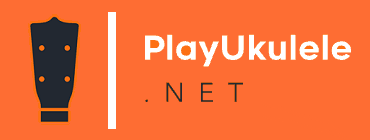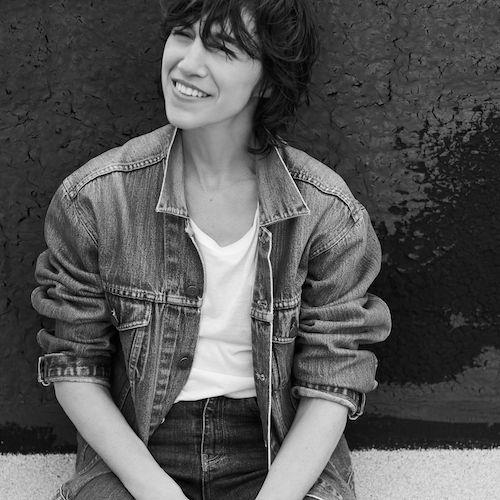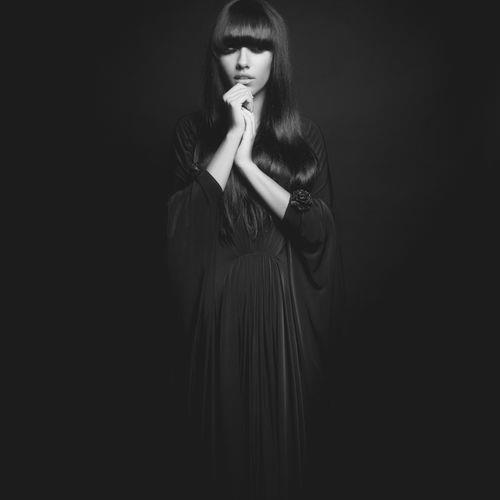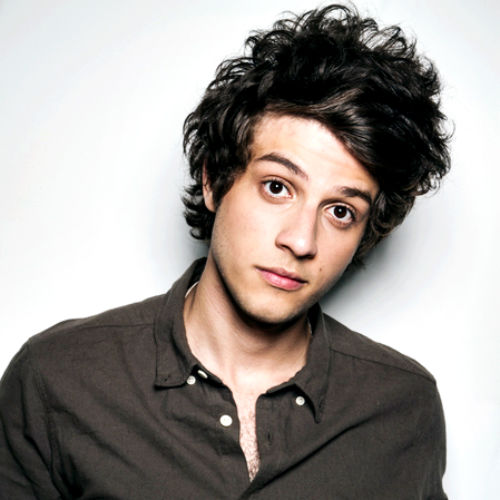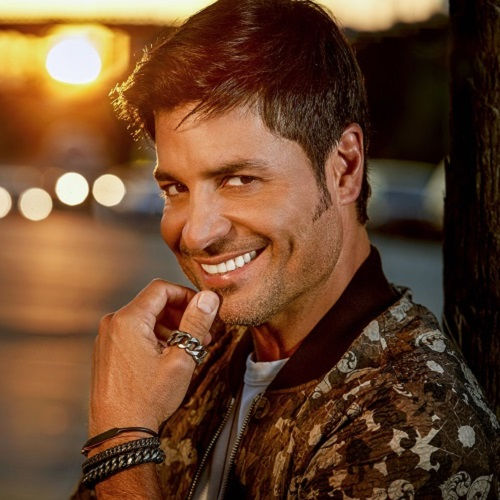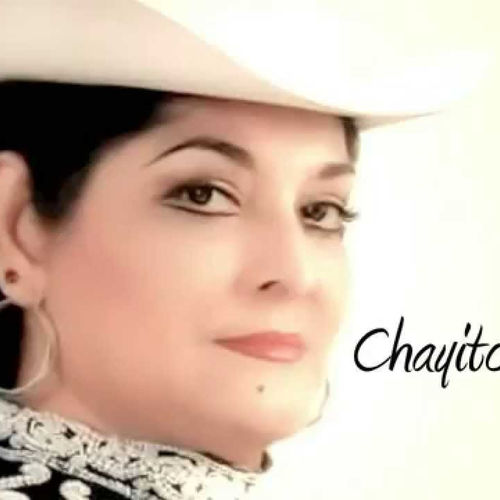
Biography:
Charles Joseph "Charlie" McDonnell, born October 1, 1990, also known as charlieissocoollike, is a YouTube vlogger from Bath, Somerset, England, United Kingdom.
He first came to prominence when a video entitled "How To Get Featured on Youtube" was featured on YouTube's homepage. Prior to this he had fewer than 150 subscribers, but this number increased dramatically within the next eight months. As of June 2011, Charlie has over 1,000,000 subscribers. The video "How To Be English" earned him a television appearance in the UK.
Read more on Last.fm

Other songs:
- A Duet With Myself
- A Song About Monkeys
- A Song About Acne
- Big Bang 2
- Birthday Song
- Blink
- Bread
- Chemical Love
- Doctor What
- Duet With Myself
- Hayley G Hoover
- In The Absence Of Christmas
- Melody For Melody
- This Is Me
- Time To Reply
- You Belong To Me (gideon's Song)
- A Song About Monkeys
- Fun Science: Sound
- A Song About Someone
- Fun Science Sound Song
- Google Plus
- The Big Bang 2
- Time For Reply
Four years of hard work!This month of May we celebrated four years on the air. We continue working on the dissemination of this wonderful instrument, thank you for participating in our story!
C G Eb F
It starts with an idea or an impulse to make a sound,
C G Eb F
And then a message gets sent to my head where my vocal chords are found.
Bb F C
And they vibrate, and cause the air to vibrate too.
Bb F G
Then the air gets shot out of my mouth on its way to you!
C G Eb F
This vibration I've just made travels as a wave,
C G Eb F
But if I vibrated differently then it would cause the wave to change.
Bb F C
If I sing low then the frequency of the wave drops.
Bb F
If I sing high then the frequency is high too.
G
And if I sing loud then my micro-phone pops!
C G Eb F
The sound wave travels through the air unless it hits a wall
C G Eb F
Then the higher frequencies get absorbed and the deeper ones pass through
Bb F C
And that's why when I'm behind a window I sound like this.
Bb F G
And if the wall is hard the sound bounces back and you can hear an echo!
C G Eb F
The sound is captured by my micro-phone and sorted digitally,
C G Eb F
That was until you play this video and now your speakers are mimicking me
Bb F C
And now the waves are back and going into your ear.
Bb G
Only 6 more steps inside your head until you get to hear!
C G Bb
Sound is touch at a distance,
F C G Bb F
When they say that music can touch you, it literally does.
C G Bb
Sound is a vi-ber-ation,
F C G Bb
But thanks to modern science we can know that it's shaking our eardrums:
Bb
And the drum then shakes some tiny bones
C
And the bones send vibrations to a liquid
Bb
And the waves in the liquid bend some hairs
C
And the hairs send a signal to the brain
Bb C G
And it's only when it forms a pattern in your head that you can hear!
Outro: C G Bb F C
It starts with an idea or an impulse to make a sound,
C G Eb F
And then a message gets sent to my head where my vocal chords are found.
Bb F C
And they vibrate, and cause the air to vibrate too.
Bb F G
Then the air gets shot out of my mouth on its way to you!
C G Eb F
This vibration I've just made travels as a wave,
C G Eb F
But if I vibrated differently then it would cause the wave to change.
Bb F C
If I sing low then the frequency of the wave drops.
Bb F
If I sing high then the frequency is high too.
G
And if I sing loud then my micro-phone pops!
C G Eb F
The sound wave travels through the air unless it hits a wall
C G Eb F
Then the higher frequencies get absorbed and the deeper ones pass through
Bb F C
And that's why when I'm behind a window I sound like this.
Bb F G
And if the wall is hard the sound bounces back and you can hear an echo!
C G Eb F
The sound is captured by my micro-phone and sorted digitally,
C G Eb F
That was until you play this video and now your speakers are mimicking me
Bb F C
And now the waves are back and going into your ear.
Bb G
Only 6 more steps inside your head until you get to hear!
C G Bb
Sound is touch at a distance,
F C G Bb F
When they say that music can touch you, it literally does.
C G Bb
Sound is a vi-ber-ation,
F C G Bb
But thanks to modern science we can know that it's shaking our eardrums:
Bb
And the drum then shakes some tiny bones
C
And the bones send vibrations to a liquid
Bb
And the waves in the liquid bend some hairs
C
And the hairs send a signal to the brain
Bb C G
And it's only when it forms a pattern in your head that you can hear!
Outro: C G Bb F C
